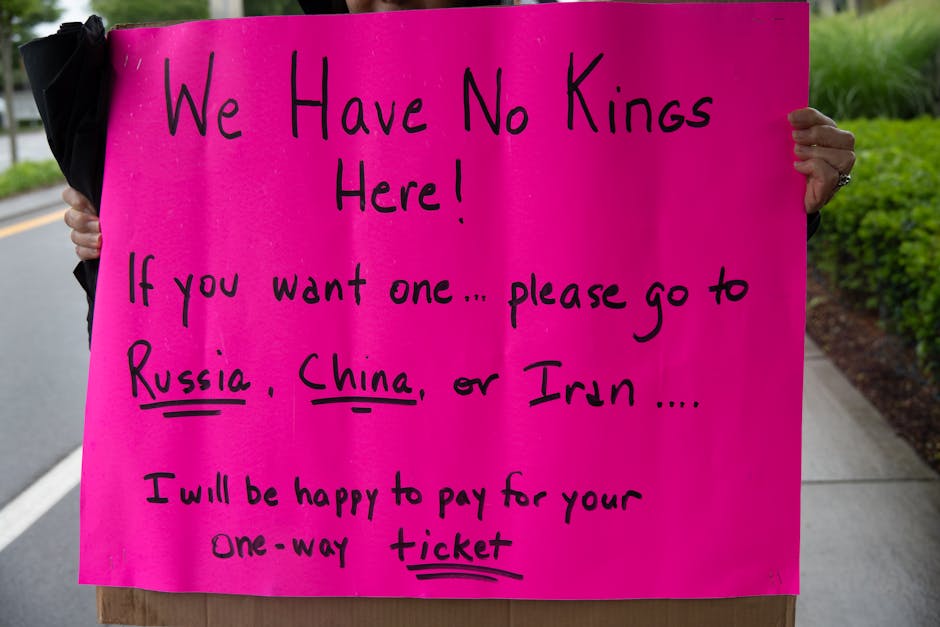In the high-stakes game of global trade, few commodities have been as politically charged as soybeans. Over the past decade, China’s strategic use of soybean imports as a geopolitical weapon reshaped agricultural markets and exposed the vulnerabilities of U.S. farmers caught in the U.S.-China trade war. Here’s how Beijing turned soybeans into a tool to pressure American agriculture — and deliver a pointed message to former President Donald Trump.
The U.S.-China Soybean Dependency
Soybeans are vital to global agriculture, feeding livestock, producing oil, and serving as a key protein source. For years, China imported over 50% of U.S. soybean exports, making it the lifeline for American farmers, especially in Trump-supporting Midwest states like Iowa and Illinois.
But in 2018, when the Trump administration imposed tariffs on $250 billion of Chinese goods, Beijing retaliated — with soybeans in its crosshairs.
China’s Trade War Attack on U.S. Soybeans
Chinese buyers abruptly canceled orders, triggering a crisis:
– Prices crashed 20%, hitting a decade-low.
– Farm bankruptcies spiked to 1980s crisis levels.
– Storage facilities overflowed, forcing farmers to sell at a loss.
China didn’t stop at tariffs — it aggressively diversified, boosting imports from Brazil and Argentina. By 2019, Brazil dethroned the U.S. as China’s top supplier, permanently altering trade flows.
The Political Strategy Behind the Soybean War
Experts say China’s move was calculated: targeting soybeans hurt Trump’s rural voter base.
“They aimed to inflict enough pain to force Trump’s hand,” says economist Dr. Peter Li.
The U.S. responded with a $28 billion farmer bailout, but the damage was done.
Lasting Impacts of the Soybean Trade War
- U.S. exports to China never fully rebounded, even after the 2020 Phase One deal.
- Brazil cemented dominance, reducing America’s future leverage.
- Farmers faced long-term debt, with many leaving the industry.
Key Takeaways for U.S. Agriculture
The soybean conflict revealed the dangers of over-reliance on one market. Diversifying crops and trade partners is now critical to shield farmers from geopolitical shocks.
For U.S. agriculture, the era of unfettered Chinese demand may be over — but the lessons endure.
— NextMinuteNews




